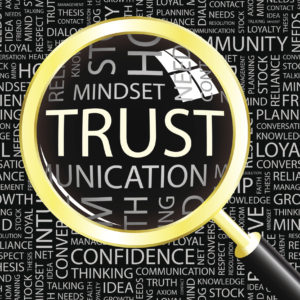
WHAT IS “SMART THERAPY”?
It seems that people who seek out therapy are usually fairly intelligent. After all, it takes some mental effort to examine one’s life! I like to think of myself in this way as well, yet to this day I am regularly asked why I go to therapy (implying that I should be able to “figure it out” myself!) While that is often the case, there are instances when it is difficult to even know what is in the way of change! We can’t always “see” everything, because some of the obstacles in our lives put themselves in the way without even being noticed, and then continue to “hide” behind expectations, cultural trends, and family tradition.
This dilemma fascinates me, and has led me to make it the direction of my practice. How can we become “smarter” in our life and relationships? Read on…
The Brain
Intelligence is a double-edged sword, don’t you think? On one hand, it makes available a way of thinking that can include greater skills of critical thinking, reasoning, and insight. However, it can also lead to frustration when we have difficulty “thinking” our way out of a problem. Not all solutions in life are found in books!
Our brain does not always work in our favor. Because it has evolved over time from initially one to now three main parts, it can be thought of as a computer that uses both new AND old operating systems. What this means for us in the world is that our intuitive nature and our reason don’t always line up on the same side. For instance, we might find ourselves drawn to an ex who we know is not good for us, or we might be confused at why we stay at a job where we are treated badly. In my youth, I regularly beat myself up for choosing people and places that were not good for me! Often, I see clients who place the blame on themselves when this type of thing happens, as if they “should have known better”. Well what exactly does “knowing better” mean, and is that possible?
Smart Lives
Shame and embarrassment tend to stop the process of reflection and insight cold. Who wants to think about change when the thinking about it makes one feel worse about themselves? In my work, I get curious about why we should know better–who would have told us the information? I notice that most people do the best they can with the limited and mostly misleading facts we are given regarding human nature, relationships, and the brain. If you are going to start making smarter decisions (intuition and reasoning line up), then you need to know what you are dealing with and how to interpret what your head is telling you. You need to know what you are doing that and whether or not that is getting you where you would like to go.
Smart Relationships
Smart relationships come from smart choices! This means knowing what your intuition is telling you about someone (attach, attach!), and not putting meaning into that feeling that does not belong there (I’m in love!). It means paying attention to what your reasoning says (don’t get involved with an unavailable person!) and recognizing that that may go against the feeling of attraction. Smart choices come from considering all of that information, and then carefully weighing it out, over time, as you add more information to the mix. You do not need to make a decision right away, in fact, you can’t make a “smart” decision until you have more information! Along the way, you can “enjoy” the excitement of attraction while not letting that influence your decision about compatibility too heavily, too soon. Smart means recognizing that attraction is only one component of compatibility, and giving appropriate meaning to respective experiences with that person. Falling in lovemay be a romantic ideal, but it does not always lead to a smart relationship! If you are intent on running that race, I suggest you educate yourself about the sport!
Smart Therapy
My focus on Smart Therapy is a way for me to incorporate all my favorite approaches in the room: compassion for a client’s self-judgement; psycho-education and referrals for further exploration; and vigorous discussions that examine and deconstruct the stories that influence relationship decisions, with the opportunity to then choose smartly with awareness! Wouldn’t it be nice to find out that you can break painful patterns and increase the odds of reaching your goals? My focus is a way to help decrease the confusion, anger, frustration, and regret around your relationship choices. While no approach is a guarantee of a particular outcome, you can greatly increase your chances for having smarter relationships!



